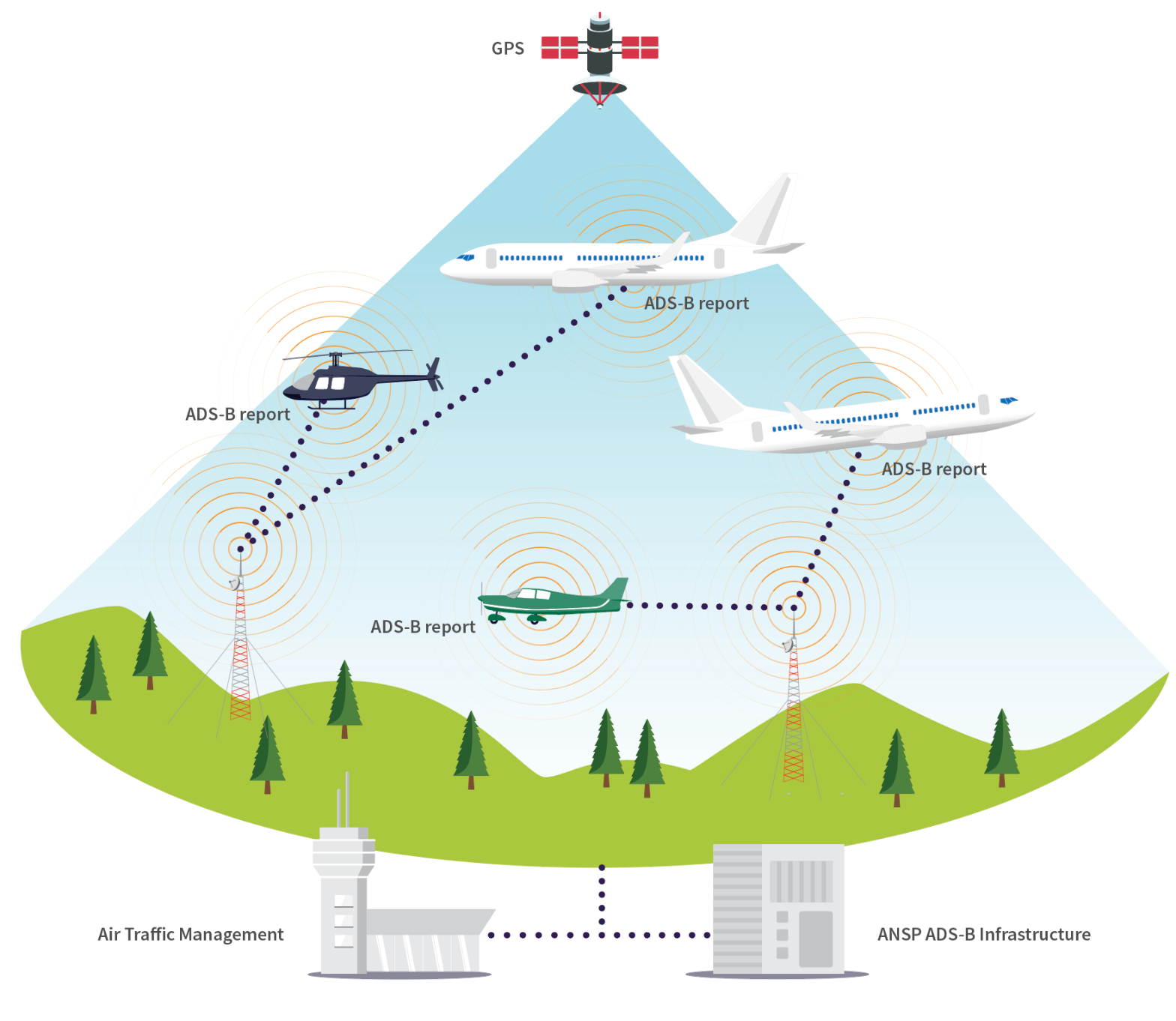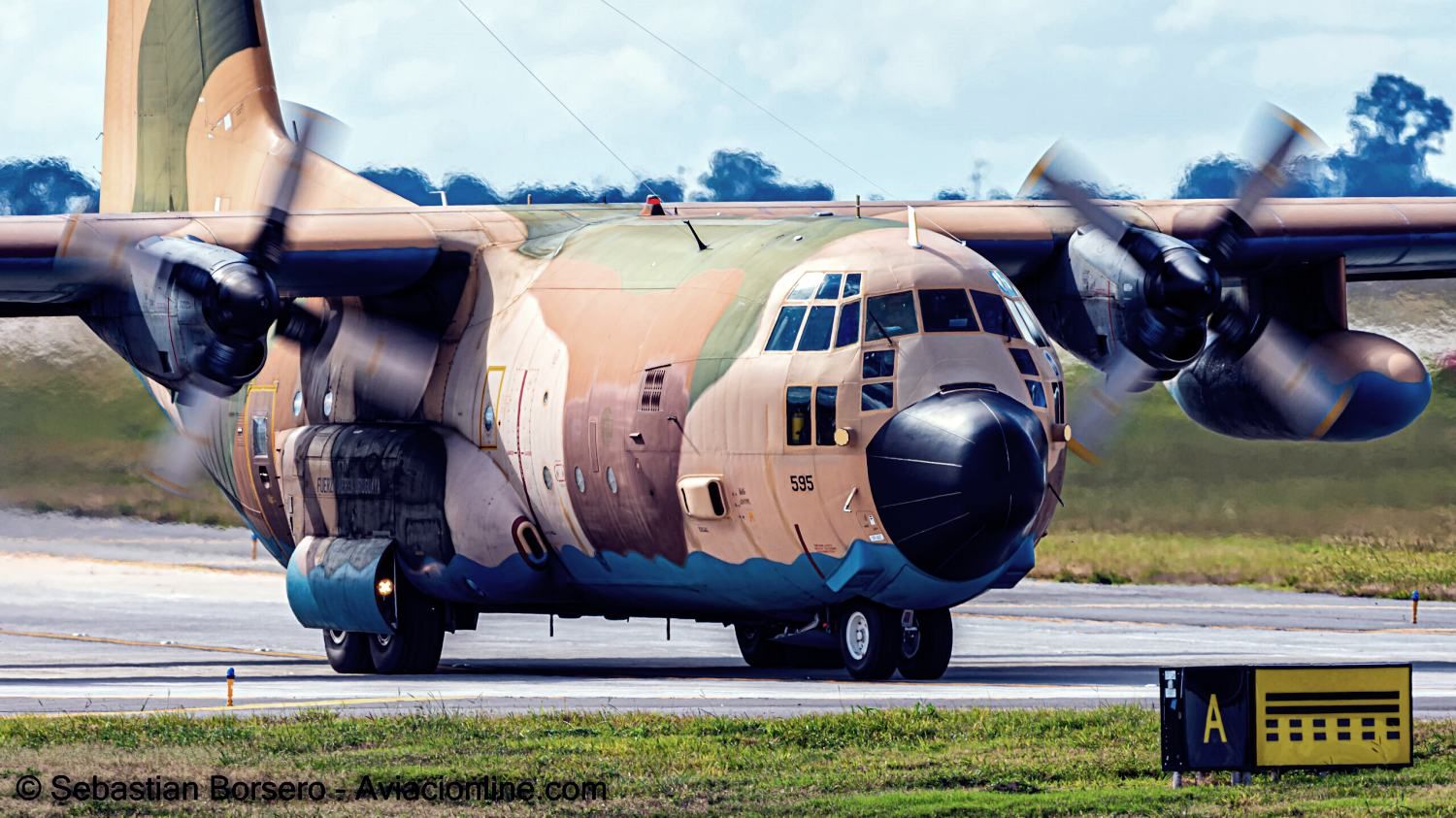The KC-130H Hercules (FAU 595) arrived at Carrasco airport (Uruguay) carrying an air control radar manufactured by Indra (a renown spanish technology firm), which will be deployed by the Uruguayan Air force (FAU) for 2 years, under a lease contract for 970 thousand euros.

This need arose from the deficiencies detected in the primary air traffic control radar at Carrasco airport, which ended up taking it out of service. It is a Selex radar, of Italian origin, which, as reported by the Minister of Defense Javier García, and had its warranty expired since 2017 and no major maintenance had been performed on it since then.
Arribó el Hércules FAU 595 trayendo de Madrid un radar Indra para respaldar nuestro sistema actual. Gracias a toda la tripulación por la rápida y exitosa misión cumplida @Fuerza_aerea_uy. pic.twitter.com/LtPZe31lok
— Javier García (@JavierGarcia_Uy) September 15, 2021
Currently, this radar has been repaired by Uruguayan personnel under the coordination of Italian technicians, but it will not be integrated to the air control network until all the necessary tests and verifications are carried out to guarantee the suitability of the repairs and the safety of its operation.
Meanwhile, the Indra radar, which was airborne by one of the Uruguayan KC-130Hs recently acquired from the Spanish Air Force surplus, will be installed at Carrasco to replace the Selex system as the main means of airborne detection. And once the Selex radar is fully operational again, the Indra system will complement it, until the end of its lease period.
En la Base Aérea de Carrasco, efectivos de la @Fuerza_aerea_uy descargan del Hércules, el radar Indra transportado desde España. pic.twitter.com/CrqbXkdAYX
— MDN Uruguay (@MDN_Uruguay) September 15, 2021
In addition, a backup ADS-B system will be installed at the FAU’s facilities at Santa Bernardina International Airport (Durazno), near the center of the country.
ADS-B (Automatic Dependent Surveillance Broadcast) is a cooperative surveillance technology in which an aircraft determines its position through satellite navigation and broadcasts it periodically, allowing it to be tracked by air traffic management systems.
The information can be received by ground control stations as a replacement for secondary radar, as it does not need to receive a signal from the ground to broadcast. It can also be received by other aircraft to provide better situational awareness for the crew, therefore allow routes to be adjusted in order to lower the risks of a mid-air collision.

The ADS-B system is «automatic» in that it requires no pilot action or external input and «dependent» in that it relies on data from the aircraft’s navigation system.
ADS-B represents one of the latest airworthiness safety standards and is progressively becoming a mandatory implementation item.


Comentarios
Para comentar, debés estar registrado
Por favor, iniciá sesión